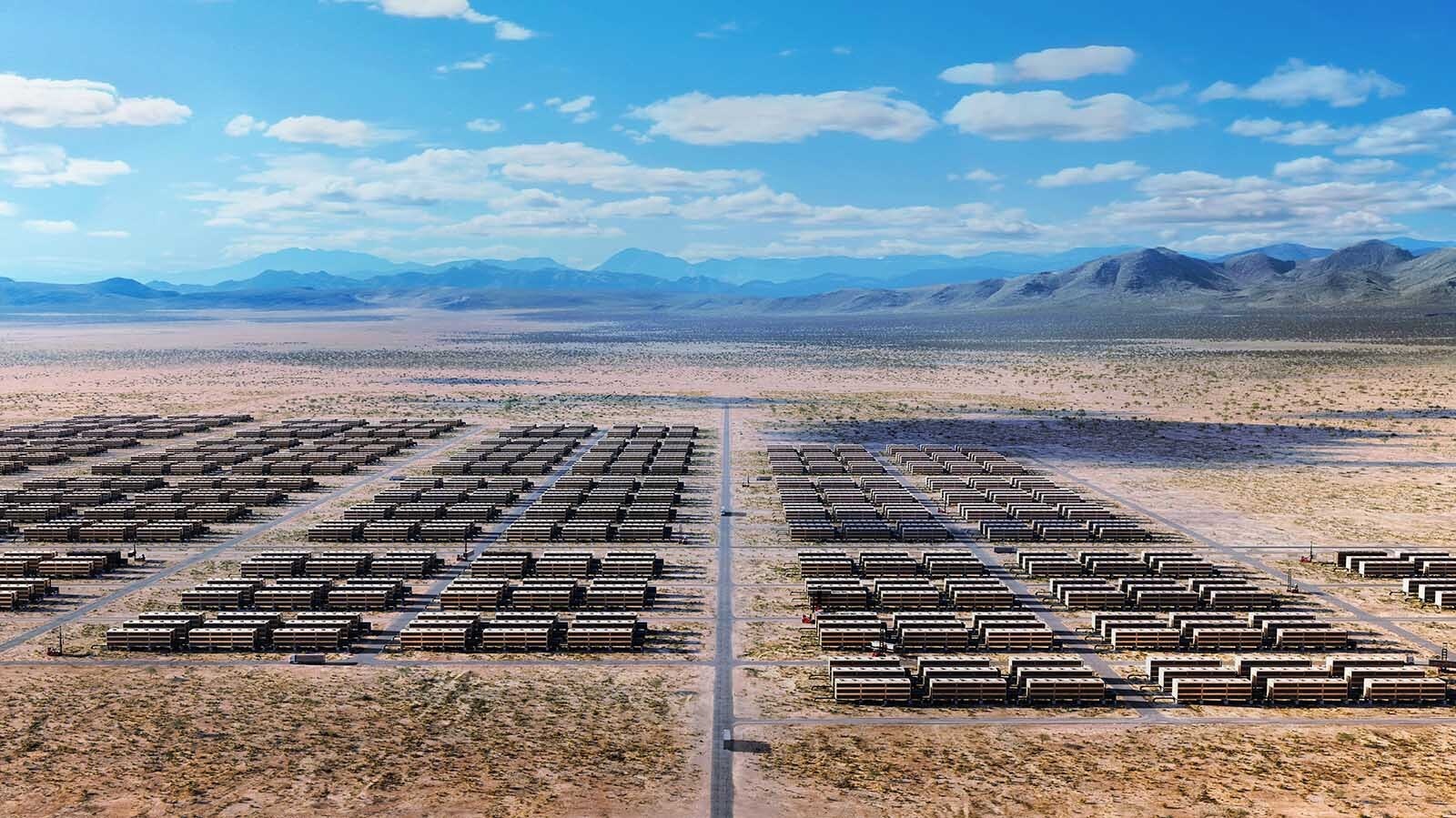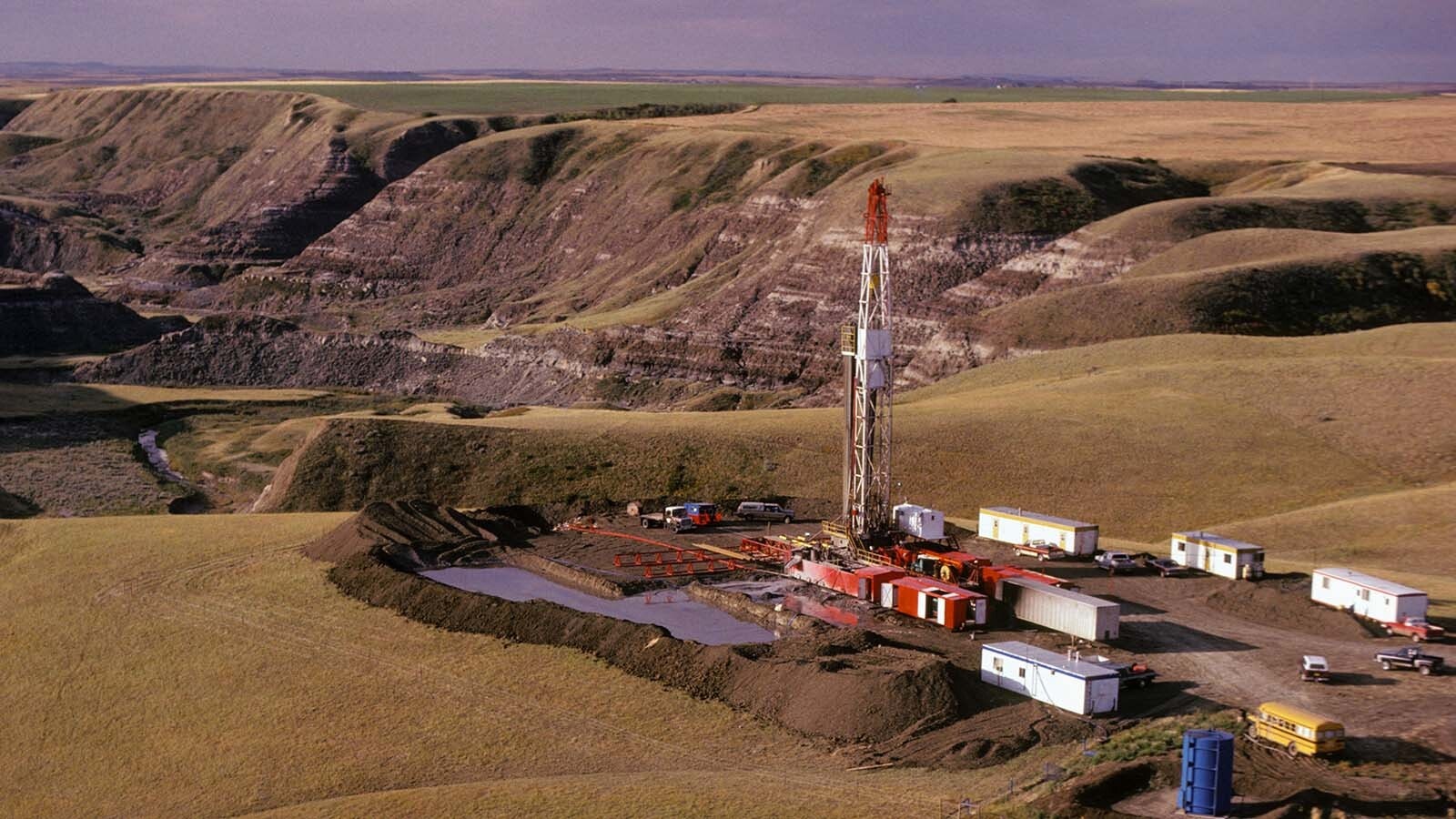CarbonCapture Inc., which already wants to build one of the world’s largest direct air capture of carbon dioxide and storage projects in southwestern Wyoming with $80 million in starter money from investors has its eyes now on an even bigger prize.
CarbonCapture, a Los Angeles-based clean technology company, disclosed plans last week to identify strategic energy partners with an interest in finding short- and long-term power generation and transmission solutions for what it calls the Wyoming Regional Direct Air Capture Hub.
The hub competition is akin to a similar energy initiative that Wyoming lost out on last fall.
In that competition — which is not related to the direct air capture procurement — Wyoming officials were disappointed when a $1.25 billion Western region hydrogen hub went somewhere else.
In the direct air capture hub competition, there’s $1.1 billion at stake.
“It would be in Wyoming,” said Patricia Loria, vice president of business development with CarbonCapture, of the proposed hub should her company win the competition. “It certainly is a huge opportunity.”
The U.S. Department of Energy is considering CarbonCapture and the partner group it’s assembling, Loria told Cowboy State Daily.
DOE wants to bring on board two additional hub project participants in the direct air carbon hub initiative. Two groups were selected last August, with CarbonCapture considered a finalist for one of two open slots, Loria said.

Jobs Created
Last August, DOE announced up to $1.2 billion for the nation’s first direct air capture demonstrations in Texas and Louisiana, creating a total of 4,800 jobs.
In Louisiana, Ohio-based Battelle is working with Switzerland’s Climeworks AG and San Francisco-based Heirloom Carbon Technologies Inc. to capture more than 1 million metric tons of existing carbon dioxide from the atmosphere each year and store it underground.
In Texas, 1PointFive LLC, a unit of Houston-based Occidental Petroleum Corp., and partners Carbon Engineering Ltd. of Canada and Worley Ltd. of Australia, are working on a direct air carbon facility designed to remove 1 million metric tons of carbon dioxide annually with a saline storage site.
Last summer, CarbonCapture and a team of strategic partners, including the University of Wyoming, received $12.5 million from DOE to develop a megaton-scale direct air capture hub in southwestern Wyoming.
On this project, CarbonCapture partnered with Dallas-based Frontier Carbon Solutions LLC, which is working to sequester the carbon dioxide in underground formations or used as a feedstock in the production of aviation fuel by partner Twelve Benefit Corp., a chemical technology company based in Berkeley, California.
The first phase CarbonCapture’s demonstration project, dubbed Project Bison, is scheduled to begin in 2025.
In this project, CarbonCapture will begin removing about 12,000 tons of carbon dioxide annually. This amount will scale up to about 200,000 tons by 2026, and 5 million tons a year by 2030.
Construction of the project on private land held by ranchers in Sweetwater County could begin before the end of the year.
Project Basin is massive in scope and would require hundreds of 40-foot-long shipping containers equipped with filters that would absorb carbon dioxide from the air.
Once the filters are saturated, they are heated up and the carbon is extracted from the modules and pumped deep underground in saline aquifers for permanent storage.
Pat Maio can be reached at pat@cowboystatedaily.com.





